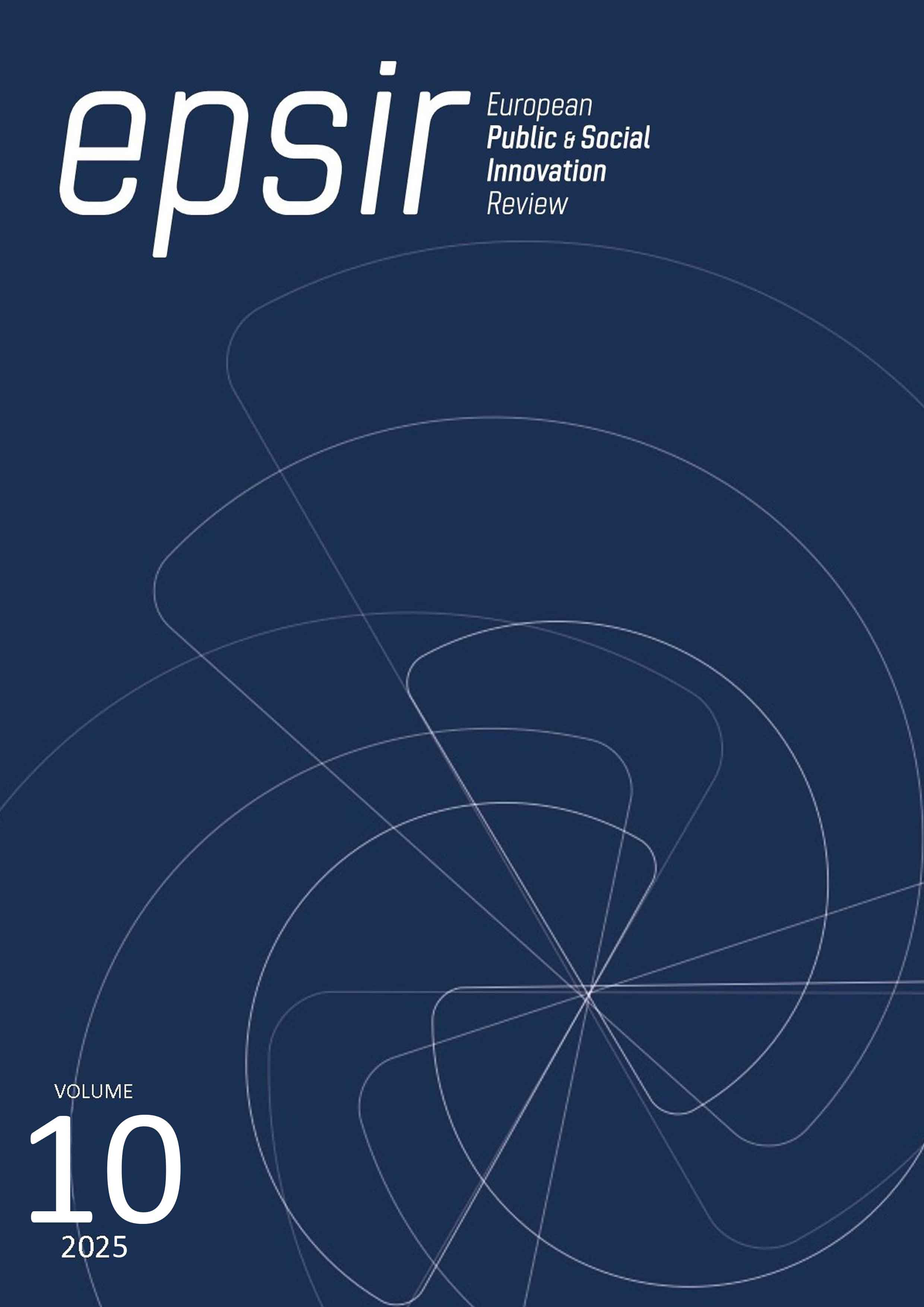Descocadas, Marimachos, Sinsombrero. Esconder y banalizar el trabajo intelectual cuando su autora es mujer
DOI:
https://doi.org/10.31637/epsir-2025-2017Parole chiave:
Historia de las Mujeres, Feminismo, Intelectuales, Manipulación, Historia de España, Edad de Plata Española, Comunicación y Género, Cultura ContemporáneaAbstract
Introducción: Este texto reflexiona sobre el despertar de la intelectualidad femenina en España en el siglo XX y cómo las mujeres en la educación superior fueron marginadas y silenciadas, a pesar de su creciente presencia. Metodología: A través del análisis histórico, se observa el impacto de la ley Burell, la Residencia de Señoritas, y los procesos sociales y políticos durante la 2ª República, la Guerra Civil y la Transición democrática, en la imagen y el trabajo de las mujeres universitarias. Resultados: Se destaca que, aunque la democracia y la Transición abrieron puertas para la emancipación femenina, las mujeres intelectuales, como las Sinsombrero, siguen siendo reconocidas principalmente por su faceta estética, dejando sus logros intelectuales en la sombra. Conclusiones: El artículo subraya cómo la historia de estas mujeres ha sido manipulada y adaptada, cuestionando la narrativa actual de una sociedad que se considera igualitaria y feminista. La obra de estas mujeres intelectuales sigue siendo invisibilizada en el discurso contemporáneo.
Downloads
Riferimenti bibliografici
Anónimo. (1928). La mujer española en la universidad. Estampa, Revista Gráfica y de la Actualidad Española y Mundial, Rivadeneyra.
Fernández, L. (1942). Usted quiere casarse. Y. Sección Femenina de Falange Española.
Puyadas Ruipérez, V. (2016). Cleopatra VII: la creación de una imagen. Representación pública y legitimación política en la Antigüedad. Prensas de la Universidad de Zaragoza.
Ruiz-Crespo, E. (1942). Mujeres en la Ciudad, Medina. Sección Femenina de Falange Española.
Santacruz, P. (1907) El siglo de los marimachos. La España Moderna.
Vader, A. (1958). Enfermedades y trastornos en la vida conyugal. Su tratamiento médico-científico. Ediciones Dr. Vander.
Vargas y Ponce, J. (1808) Proclama de un solterón. Gómez Fuenenebro y cía.
Villaseca, R. (1929). En la Residencia de Señoritas, hablando con María de Maeztu. ABC. Prensa Española.
Downloads
Pubblicato
Come citare
Fascicolo
Sezione
Licenza
Copyright (c) 2025 Margarita Marquez Padorno

Questo lavoro è fornito con la licenza Creative Commons Attribuzione - Non commerciale - Non opere derivate 4.0 Internazionale.
Authors who publish with this journal agree to the following terms:- Authors retain copyright and grant the journal right of first publication with the work simultaneously licensed under Creative Commons Non Commercial, No Derivatives Attribution 4.0. International (CC BY-NC-ND 4.0.), that allows others to share the work with an acknowledgement of the work's authorship and initial publication in this journal.
- Authors are able to enter into separate, additional contractual arrangements for the non-exclusive distribution of the journal's published version of the work (e.g., post it to an institutional repository or publish it in a book), with an acknowledgement of its initial publication in this journal.
- Authors are permitted and encouraged to post their work online (e.g., in institutional repositories or on their website) prior to and during the submission process, as it can lead to productive exchanges, as well as earlier and greater citation of published work (See The Effect of Open Access).



